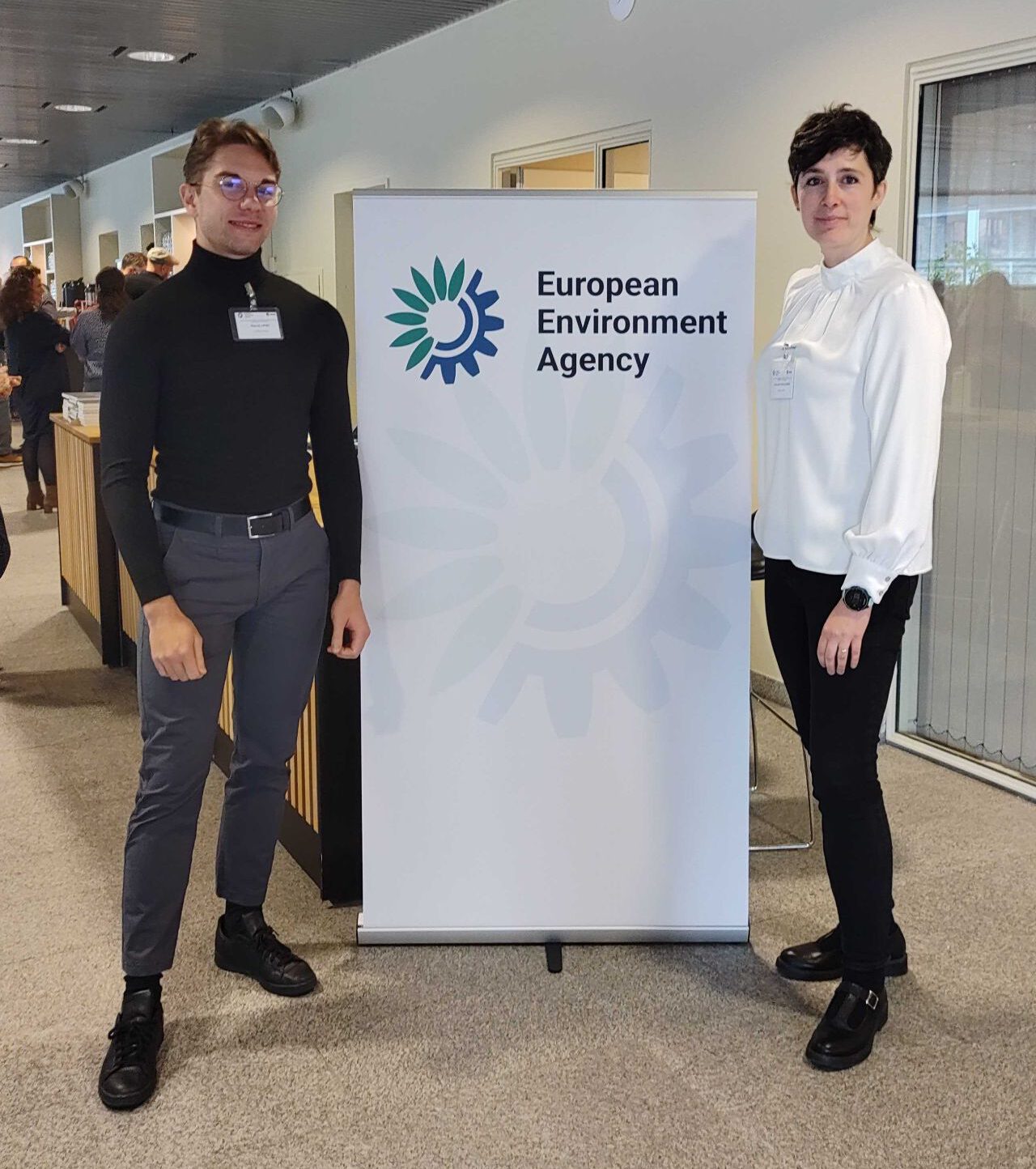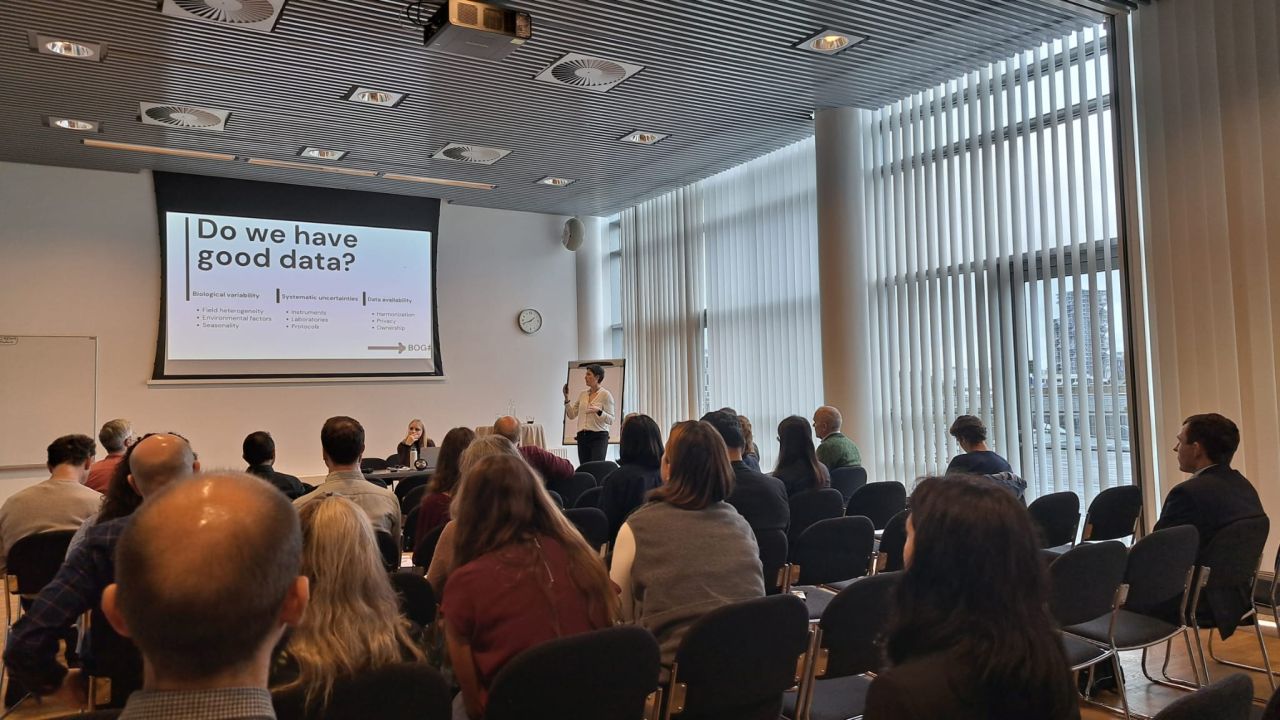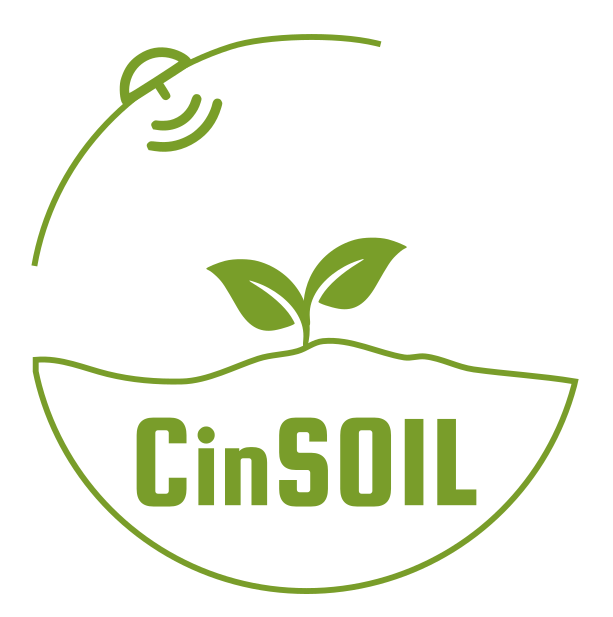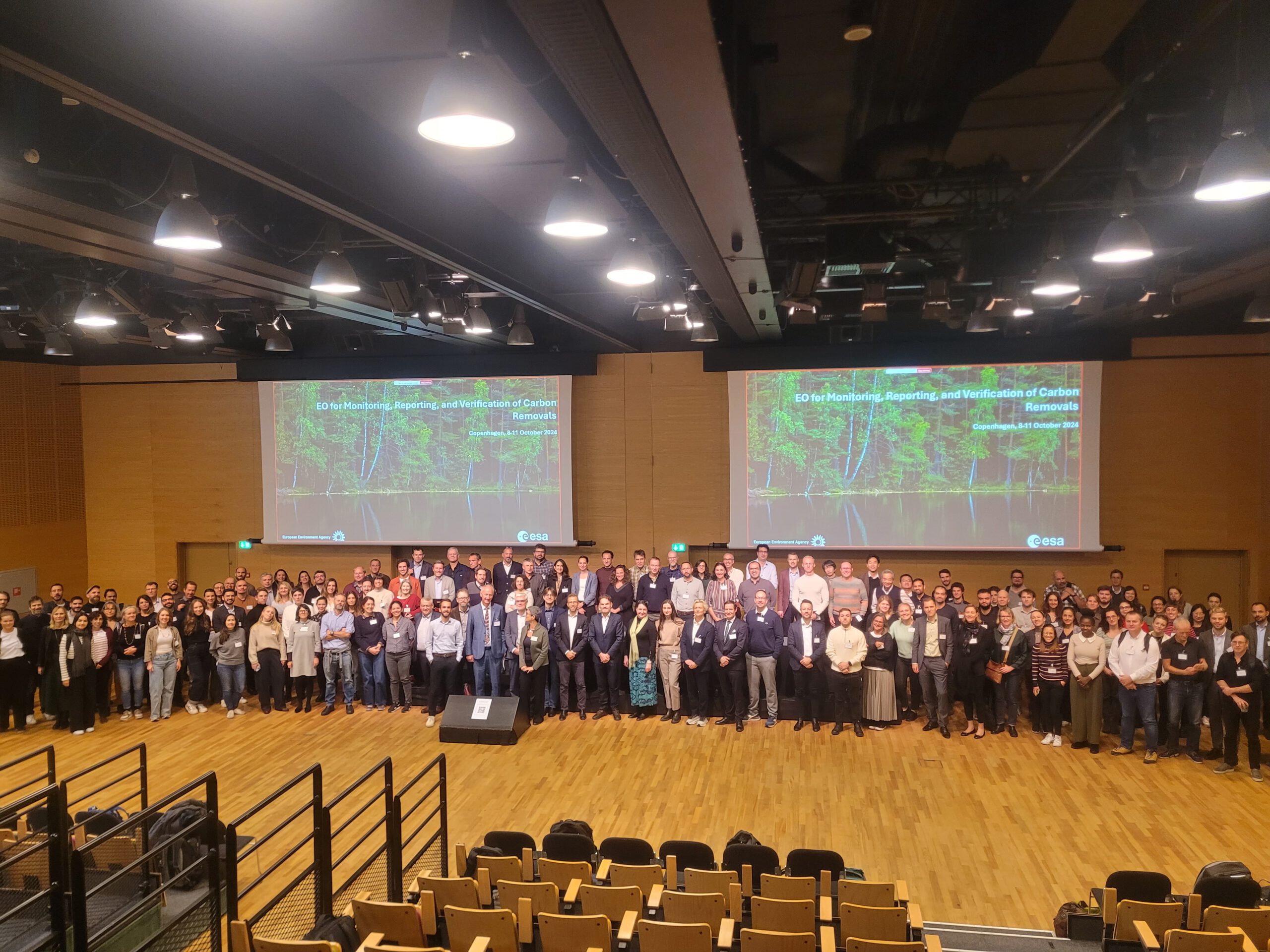From October 8-11, Copenhagen hosted the four-day conference “Earth Observation for Monitoring, Reporting, and Verification of Carbon Removals,” jointly organized by the European Environment Agency (EEA) and the European Space Agency (ESA). The event brought together 180 experts from various disciplines and stakeholders to explore how Earth observation (EO) technologies can support the implementation of the Land Use, Land Use Change, and Forestry (LULUCF) Regulation, the forthcoming Carbon Removals and Carbon Farming Certification (CRCF) Regulation, and related areas such as blue carbon. CinSOIL was represented by Antonella (CTO and co-founder) and Maciej (Spatial Data Science Associate).
Throughout the conference, participants engaged in discussions and presentations led by 40 distinguished speakers representing institutions such as ESA, EEA, the Copernicus Land Monitoring Service, the European Commission’s Scientific Advisory Board, DG CLIMA, national experts on greenhouse gas reporting, as well as representatives from the scientific community and private sector. The experts shared their insights on how EO technologies can improve the monitoring of terrestrial and coastal carbon pools, identifying both opportunities and challenges in the field.
During the event, also the “Second Forum on EO for Carbon Markets” kicked off, with several breakout sessions focused on specific topics. Antonella co-organized with Michelle Hermes from the European Association of Remote Sensing Companies (EARSC) the session titled “Addressing Uncertainties and Benchmarking in EO-based MRV for Carbon Removals”. The session included contributions from the following experts: Ann Mari Fjæraa, EEA Copernicus in-situ (COINS); Aleksi Lehtonen, Natural Resources Institute Finland (Luke); and Christopher Anderson, Planet. After the experts discussed and highlighted how uncertainties affect both in-situ data and models, and possible strategies for effective model benchmarking, the participants divided into three groups to brainstorm freely in turns with each speaker. The feedback collected gave the clear indication that the topic of uncertainties and benchmarking is extremely relevant, and a more harmonized approach has to be developed involving several stakeholders. The plan is to continue the discussion in the upcoming Second Carbon Farming Summit in Spring 2025.


Overall, the key messages from the event highlight the importance of EO for tracking LULUCF within the EU’s emission neutrality goals for 2050. EO data are essential for creating spatially detailed, harmonized datasets that support national and regional efforts to monitor and report greenhouse gas inventories. Challenges include harmonizing data across diverse sources and historical timelines and improving the granularity of emission factors tied to specific land-use transitions. Combining in-situ data, statistical models, and EO imagery (e.g., Sentinel and Copernicus data) is crucial for achieving reliable, consistent insights into carbon stock changes over time.
Additionally, the integration of EO data into policy frameworks such as the Carbon Farming Certification (CRCF) and LULUCF regulation emphasizes developing standards for consistent monitoring. There is a strong focus on establishing pipelines for data sharing and building synergy between EO and ground-level data, enabling accurate, time-critical information for regulatory use. Stakeholders also pointed to the need for a European-level emission factor database and better operational EO tools that can be applied directly in monitoring carbon markets and removals. The role of the European Space Agency and other bodies in advancing the usability and precision of EO products, while aligning with certification and sustainability criteria, underpins the continued evolution of MRV systems for effective carbon tracking and accountability.
All the presentations from the event can be found here.



[…] session, which built on the discourse we kick-started last October in Copenhagen at the EEA and ESA “Second Forum on EO for Carbon Markets” focused on three key questions: 1. How can we properly account for uncertainties in EO-based MRV […]